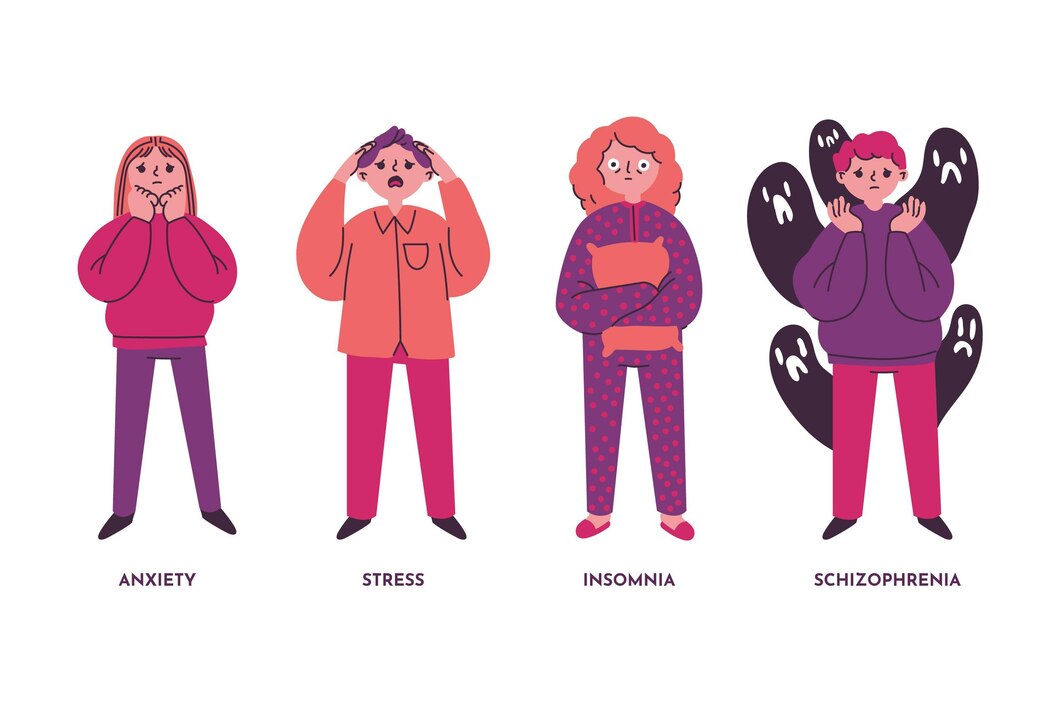Chronic pain is a persistent and debilitating condition that affects millions of people worldwide. Stress, on the other hand, is a common response to various life challenges. When combined, chronic pain and stress can create a self-perpetuating cycle that significantly impacts an individual's quality of life.
Understanding Chronic Pain
Definition and Prevalence:
Chronic pain is defined as pain that persists for more than three months, often without a clear cause. It can stem from various conditions, such as arthritis, fibromyalgia, and neuropathy, and affects approximately 20% of adults globally.
The Stress-Pain Connection
1. The Physiological Mechanisms:
Stress activates the body's fight-or-flight response, releasing hormones like cortisol and adrenaline. These hormones can increase inflammation, muscle tension, and sensitivity to pain, thereby worsening chronic pain conditions.
2. The Role of the Nervous System:
Chronic stress can lead to changes in the central nervous system, including heightened sensitivity to pain signals (central sensitization). This means that individuals may experience pain more intensely and frequently.
3. Psychological Factors:
Stress can exacerbate negative emotions such as anxiety and depression, which are commonly associated with chronic pain. These emotions can amplify the perception of pain and reduce an individual's ability to cope effectively.
Breaking the Stress-Pain Cycle
1. Mindfulness and Relaxation Techniques:
Practices like mindfulness meditation, deep breathing exercises, and progressive muscle relaxation can help reduce stress levels and, in turn, alleviate chronic pain. These techniques promote a state of relaxation that counteracts the body's stress response.
2. Cognitive-Behavioral Therapy (CBT):
CBT is a psychological intervention that helps individuals reframe negative thought patterns and develop coping strategies for stress and pain management. It has been shown to be effective in reducing both stress and pain intensity.
3. Physical Activity:
Regular exercise, tailored to an individual's capabilities, can help reduce stress and improve pain management. Physical activity releases endorphins, which are natural painkillers and mood enhancers.
4. Social Support:
Building a strong support network of family, friends, and healthcare providers can help individuals manage stress and chronic pain. Support groups and therapy can provide emotional support and practical advice for coping.
5. Healthy Lifestyle Choices:
Adopting a healthy lifestyle, including a balanced diet, adequate sleep, and avoiding harmful habits like smoking and excessive alcohol consumption, can reduce stress levels and improve overall well-being, thereby mitigating chronic pain.
The relationship between stress and chronic pain is complex and multifaceted. Understanding this connection and implementing strategies to manage stress can significantly improve the quality of life for individuals suffering from chronic pain. By breaking the stress-pain cycle through mindfulness, therapy, physical activity, social support, and healthy lifestyle choices, individuals can find relief and enhance their well-being.




